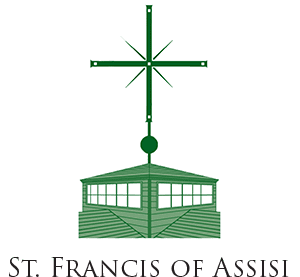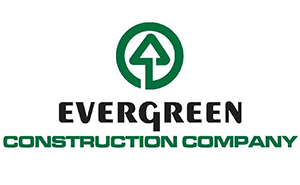Today the General Assembly passed the 2021 COVID-19 Response & Relief Bill (HB 196/SB 172). This bill passed the House yesterday, moved through Senate Appropriations this morning, and passed the Senate with some technical changes this afternoon. It was then sent back to the House for concurrence.
HB196 Housing Provisions
The bill includes several provisions related to approving funding for the state’s broader COVID-19 response. The section that relates to housing impacts the administration of new rental assistance funding administered by the NC Office of Recovery and Resiliency (NCORR). The relevant provisions are:
- Sections 5.(e) – Allocates funding per county to all 100 counties according to proportion of population at or below 80% of the poverty level. NCORR had proposed to manage the state’s allocation with a “balance of state” approach, allowing the larger localities with direct allocations to manage their own funds, so that NCORR can focus on distributing funds across rural and suburban areas. Instead the HB 196 spreads NCORR’s focus over the entire state, slowing down assistance.
- 5.(f) – Limits administrative costs to 5% of funds received, handicapping NCORR’s ability to quickly and efficiently meet demand. Limited funds will prevent NCORR from being adequately staffed and resourced.
- 5.(g) – Requires reporting on an unrealistic time frame that distracts staff from prioritizing disbursing rental assistance and endangers funding to be potentially clawed back for other uses or returned to the federal government.
The NC Housing Coalition is concerned that each of these layers of complexity added by the General Assembly will greatly delay and frustrate the state’s efforts to ensure that rental assistance reaches the folks who need it most in a timely manner.
The funding from the CARES Act that became the HOPE Program came with requirements that contributed to slowing down the disbursement of assistance payments. These problems were experienced across the country and the Congress responded by removing those barriers in the latest round of assistance enacted in December 2020. The Treasury Department concurred with those measures in their most recent FAQ document. The changes by the General Assembly place similar barriers back into the process, repeating the same mistakes.








